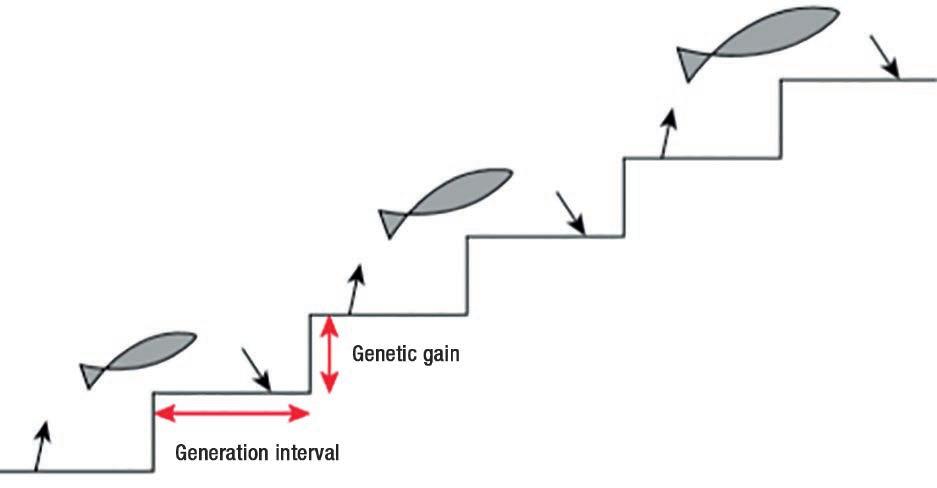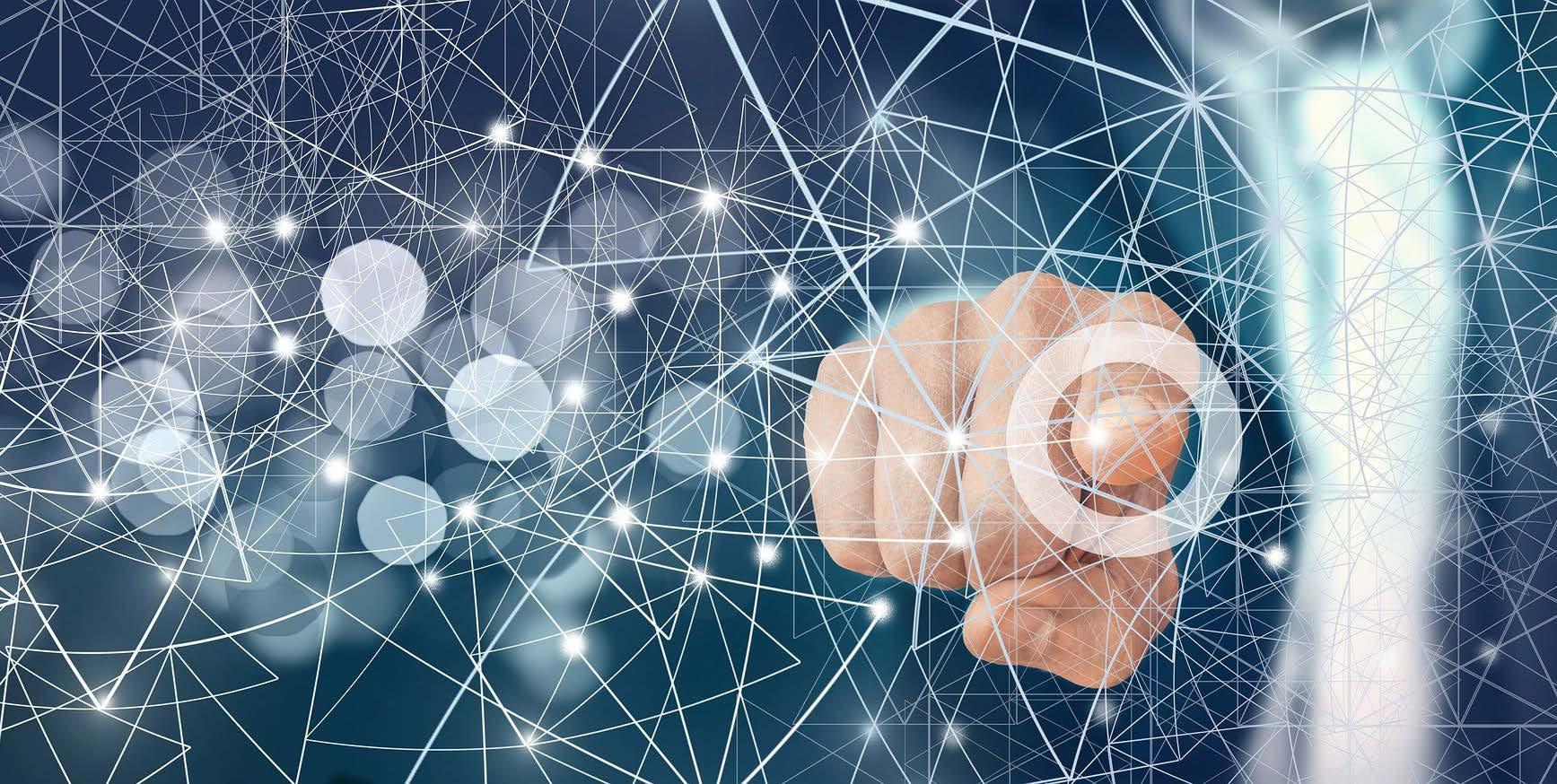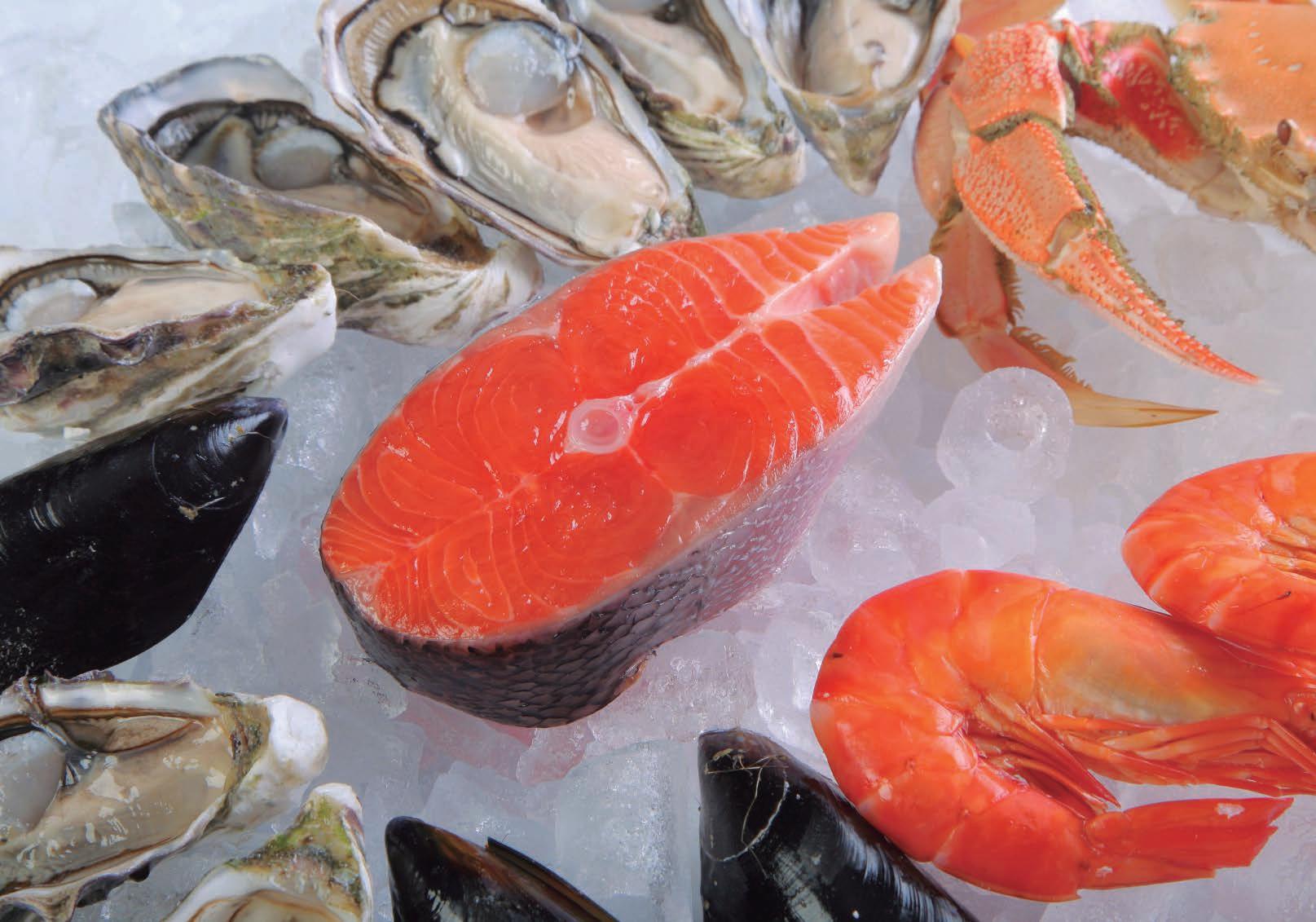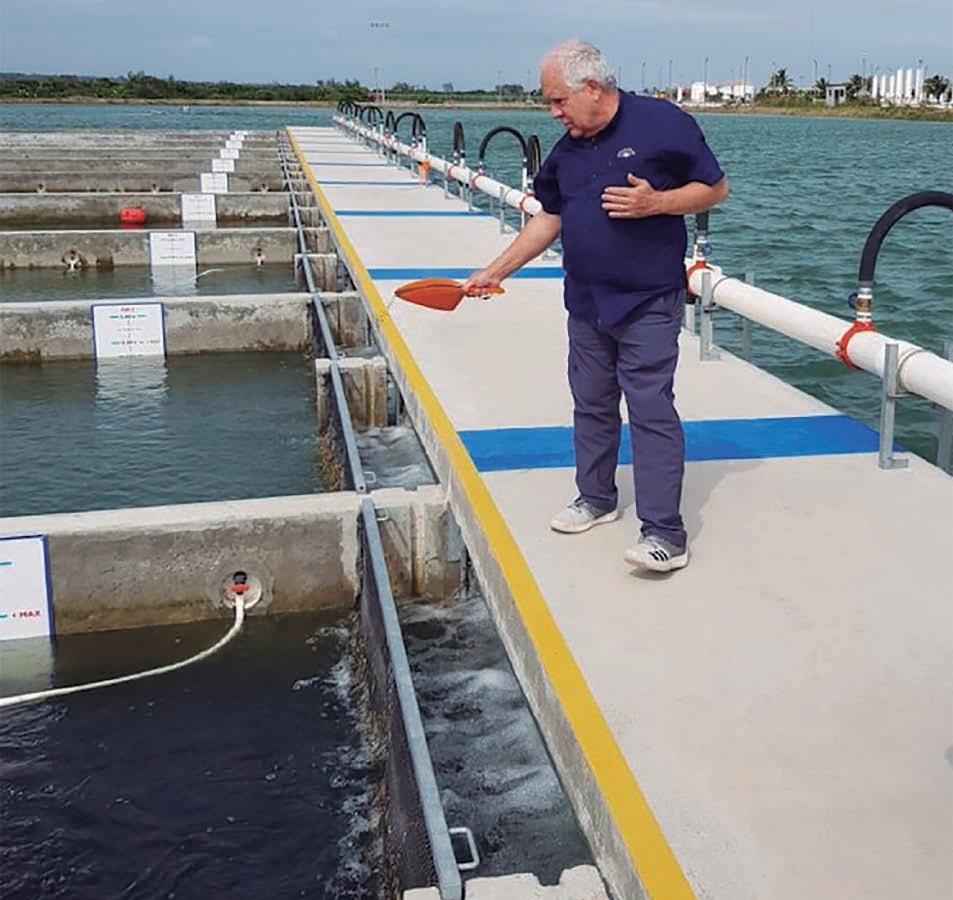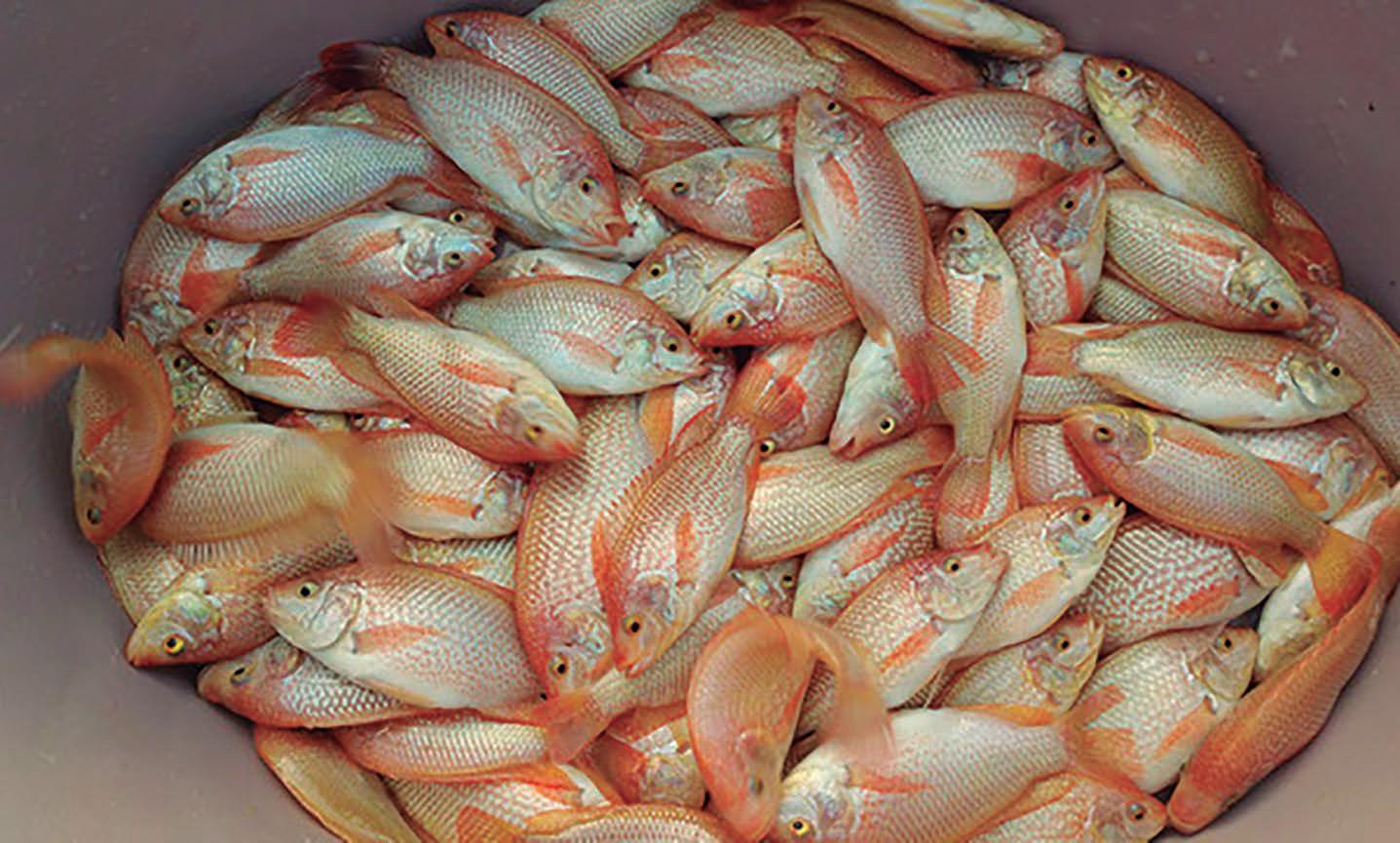
8 minute read
AQUAFEED
Recent news from around the globe by Aquafeed.com
By Suzi Dominy*
A sea change needed in aquafeed development “We need to design systems that utilize sunlight for primary production in the upper plankton layers of the oceans through production of feeds through phytoplankton, micro- and macro-algae, zooplankton and marine bacteria”, says Árni M. Mathiesen, Assistant Director-General, FAO Fisheries and Aquaculture Department. Addressing delegates at the 40-year anniversary of Aqua-Nor in Trondheim, Norway, Mr. Mathiesen pointed out the vast potential of the oceans and fresh-water bodies, which cover more than two thirds of the globe.
Mathiesen also says aquaculture needs to reduce and eventually eliminate its reliance on terrestrial agriculture for a large part of its feed, pointing out that the general state of terrestrial soils is poor and these are essentially resources that can be used to feed people. It makes sense that we should be looking to the oceans to feed aquaculture. After all, every
thing that comes from the ocean has been fed by the ocean: you don’t see too many fish chomping their way through fields of corn. However, this may prove to be even trickier than relinquishing fishmeal.
To understand why we do things the way we do, we need to realize that the aquafeed industry has been built on the shoulders of the animal feed industry, which itself developed to utilize flour milling and oilseed crushing byproducts. Compare an animal feedmill with an aquaculture feedmill and you will see a striking similarity in machinery, processes and many of the ingredients. Processing physically different, ocean-derived ingredients is going to require new technology and a new approach to feed manufacture.
Today the aquafeed industry is heavily dependent on terrestrial plant sources, in particular soy, which is a major protein source, and one that has been touted as a sustainable alternative to fishmeal. This is in part a legacy of animal feed production, but not entirely. The development of intensive fish farming around the world – especially in Asia – has, to a substantial degree, been enabled by support and training from the U.S. Soybean Export Council (USSEC), as a means of creating and sustaining demand for U.S. soybeans and soybean products. It has been an extraordinarily successful marketing strategy. For almost 30 years, U.S. soybean farmers have been obliged by the U.S. government to contribute a percentage of their sales to the check off program. Administered by the U.S. Department of Agriculture, the $100 million plus/year program facilitates market growth and creation by funding and directing marketing, research and commercialization programs. Aquaculture nutrition scientists have been grateful recipients of significant funding. Research has been ongoing and so far, according to the United Soybean Board, has resulted in soybeans being fed to 56 species.

Mathiesen also said we need to move down the marine food pyramid, for energy efficiency, and in this regard come closer to the terrestrial food pyramid and concentrate more on low-input systems and herbivorous species. We should even consider non-fed systems that provide additional environmental benefits, in favor of our present preference for top carnivores, ‘the wolves’ at the top of the pyramid.
“If we do these two things, we will have come a long way towards meeting the third challenge of reducing the practice of feeding fish to fish, and not use high quality protein to produce high quality protein”, Mathiesen said.
Feeding those ‘wolves’ at the top of the pyramid without fish is the
focus of the third Future of Fish Feed contest (F3). “F3 Challenge – Carnivore Edition” —opened at the beginning of September to companies that produce and sell “fish-free” feed for farm-raised carnivorous species. The organizers are offering a $35,000 prize in each of three categories—salmonid, shrimp, and other carnivorous species—to the contestant that produces and sells the most feed made without using any ingredients consisting of or derived from marine animals, including but not limited to, fish, squid, shrimp, or krill. Contest registration is open until April 30, 2020.
“We were told after our first contest that the real challenge was fish-free feeds for carnivorous species,” said Kevin Fitzsimmons, F3 Challenge chair and professor at the University of Arizona. “Fortunately, there’s a lot of great research happening on alternative feed ingredients for carnivores, so we are excited to see what emerges from our third contest.”
Acknowledging that change is not easy, Mathiesen said that looking back and observing the innovations and the advances that have been made in his own lifetime, he was confident they could be achieved. I would argue that, F3 notwithstanding, unless appropriate levels of research dollars are forthcoming to support the vision, to farm and nurture the oceans - to start putting back rather than just taking out - and to develop new technologies to produce and utilize ocean-derived feeds, he is being somewhat optimistic.



Philippine low-cost feed to boost aquaculture industry in the country The Aquaculture Department of the Southeast Asian Fisheries Development Center (SEAFDEC/AQD) has developed low-cost feeds for milkfish and tilapia which were successfully verified through field testing for cages and ponds in various locations across the Philippines in 2019. “We have successfully reduced the cost of feeds by 30% compared to the most efficient commercial feeds available in the market,” said Dr. Roger Edward Mamauag, scientist and head of the Technology Verification and Extension Division. The low-cost feeds by AQD also showed higher growth and weight performance compared to commercial feeds. The results were presented during the 28th PTAC meeting. The Philippine Technical and Administrative Committee (PTAC) is tasked to coordinate activities between AQD and the Philippine government as host country, and is comprised of representatives from relevant government agencies.
Ret. Commodore Eduardo Gongona, director of the Bureau of Fisheries and Aquatic Resources (BFAR), expressed his appreciation for this development and requested AQD move forward with the mass production of the formula, and suggested AQD conduct acceptability studies among aquaculture operators and fish farmers on the newly formulated low-cost feeds. “By lessening the cost of aquaculture production, we can claim that the next ten years is going to be the game for aquaculture,” added Gongona.
AQD also presented the progress of 49 studies under its departmental and regional programs as well as special projects in collaboration with the Philippine government.


New sources of omega-3 are safe to use in salmon Both humans and fish require the long, marine omega-3 fatty acids EPA and DHA to maintain good health. What we receive from fish oil derived from wild fish is not enough to meet the needs of a growing population and aquaculture industry. Therefore, several sources of marine omega-3 are needed. Some omega-3 is used in health food products, some in animal feed and a large portion in feed for farmed fish. Omega-3 levels in Norwegian farmed salmon have previously fallen and it
is assumed that the lower limit has been reached. This trend can now be stopped by utilizing new sources.
Nofima scientists have tested two new sources of omega-3: canola oil that is extracted from a rapeseed plant which is genetically modified to produce the omega-3 fatty acids
DHA and ALA; and Schizochytrium sp., a microalgae that is not genetically modified but naturally rich in DHA. These sources are partially available on a commercial scale.
Feeding trials using canola oil were performed in salmon both in freshwater and seawater land-based
fish tanks in Norway. Canola oil was added to the feed in increasing amounts. A parallel feeding trial was performed on juvenile salmon in warmer water in Australia to test canola oil at two different growth rates. Feeding trials adding Schizochytrium to the feed were performed in salmon from 100 grams to slaughter size. Growth, composition, muscle quality and health were tested.
Results showed that both sources provide good performance, quality, composition of fatty acids and health for the salmon. The main findings include: • Canola oil had a favorable fatty acid profile compared to conventional plant oils with high levels of the omega-3 fatty acids, alpha-linolenic acid and DHA. Health markers analysis suggested that this is a safe source of oil in salmon feed. • Canola oil in salmon feed in both freshwater and seawater provided equivalent growth rates as with fish oil, and better skin and muscle color. Environmental pollutants could not be detected in salmon fed with canola oil. • Schizochytrium sp. is a good source of DHA in the diet of salmon and also contributed to better muscle color. There were no differences in odor and flavor of the fillet compared to salmon fed with fish oil.
“We know that salmon need the fatty acids EPA and DHA in order to maintain good health. This research shows that salmon can utilize these fatty acids both from the new sources of omega-3 and from fish oil in the same way,” said Nofima’s senior scientist, Bente Ruyter.
Access to a greater volume of feed ingredients rich in omega-3 is considered one of the major challenges regarding growth of the aquaculture industry, both in Norway and internationally. “It now looks like there are solutions, but it will also be important in the future to utilize sources of omega-3 in fish as optimally as possible,” said Ruyter. The assessment of whether oil from genetically modified rapeseed can be permitted for use in feed in Norway depends on government regulations, only then will the industry be able to decide whether to use canola oil. Knowledge gained from this project will contribute to this assessment.
The research project, New omega-3 sources in salmon feed was funded by the Norwegian Seafood Research Fund (FHF). The project was established after a joint announcement with the Research Council of Norway.
Suzi Dominy is the founding editor and publisher of aquafeed.com. She brings 25 years of experience in professional feed industry journalism and publishing. Before starting this company, she was co-publisher of the agri-food division of a major UK-based company, and editor of their major international feed magazine for 13 years. editor@aquafeed.com


